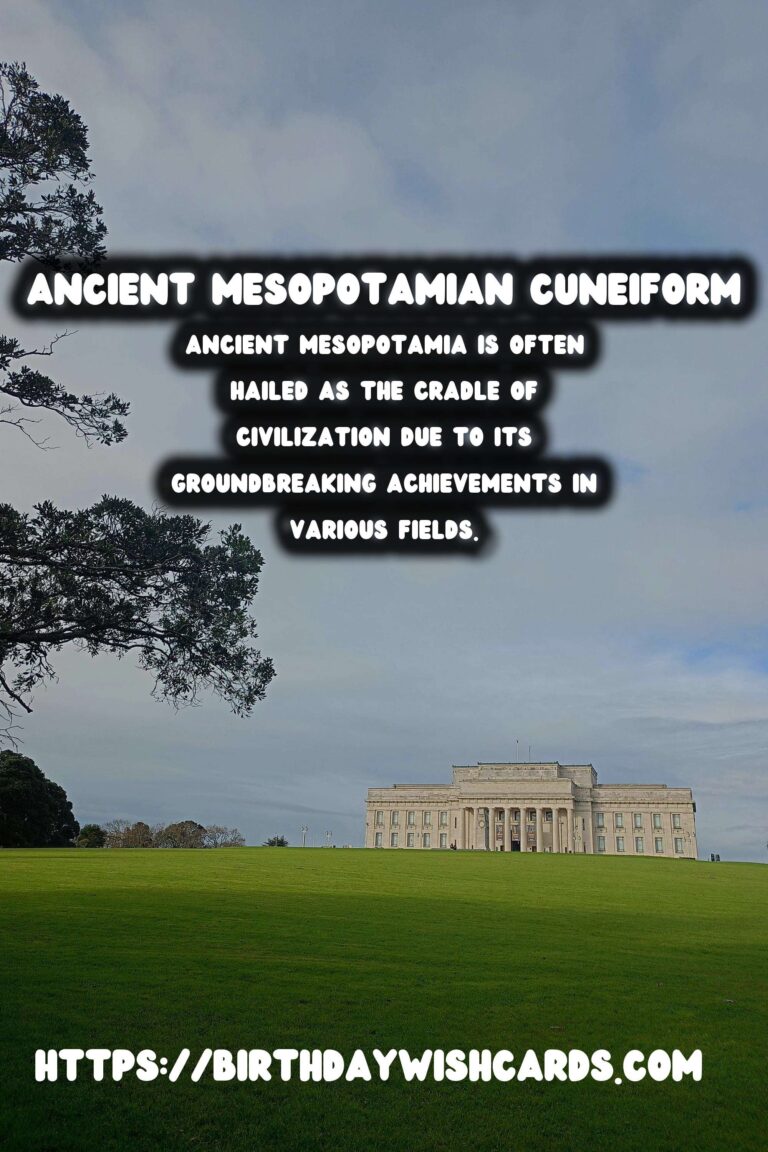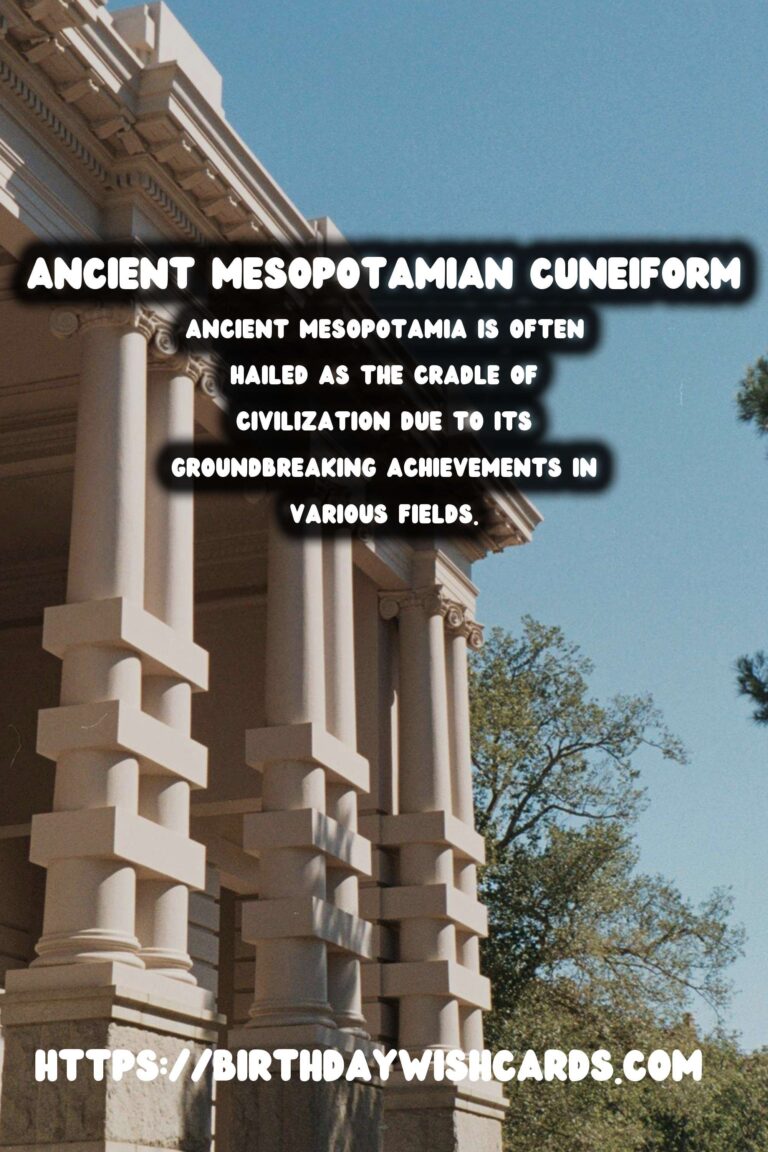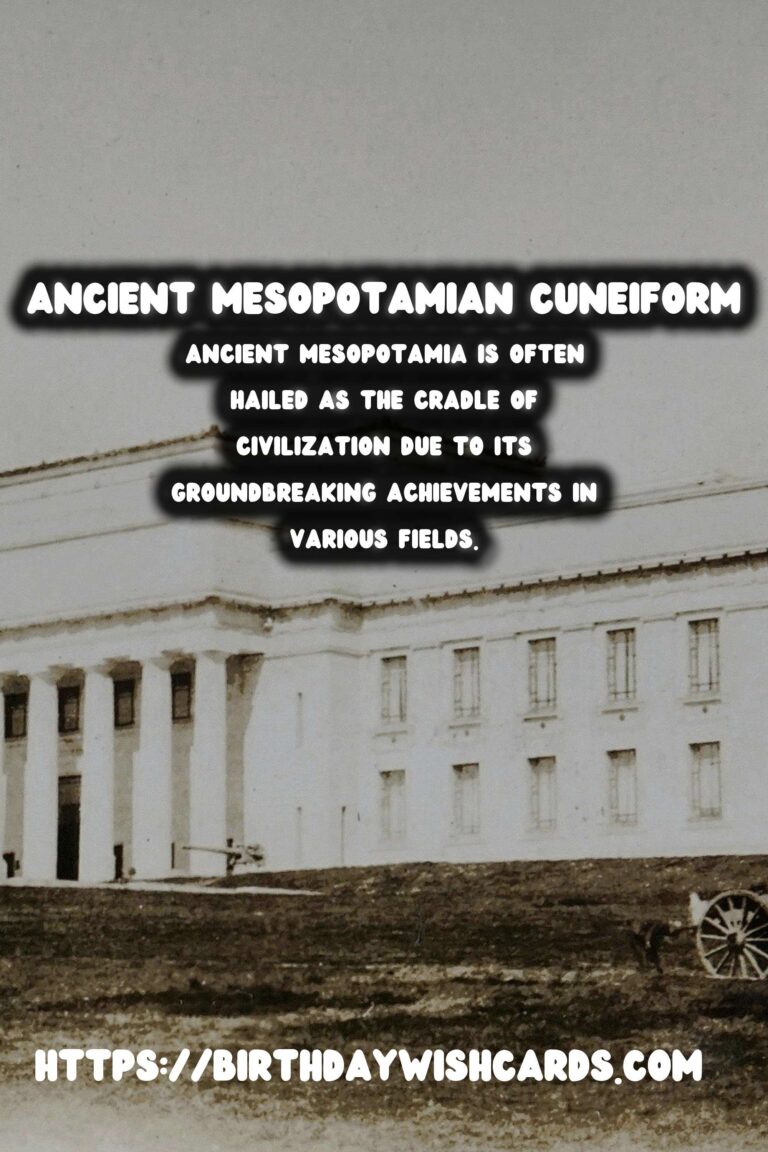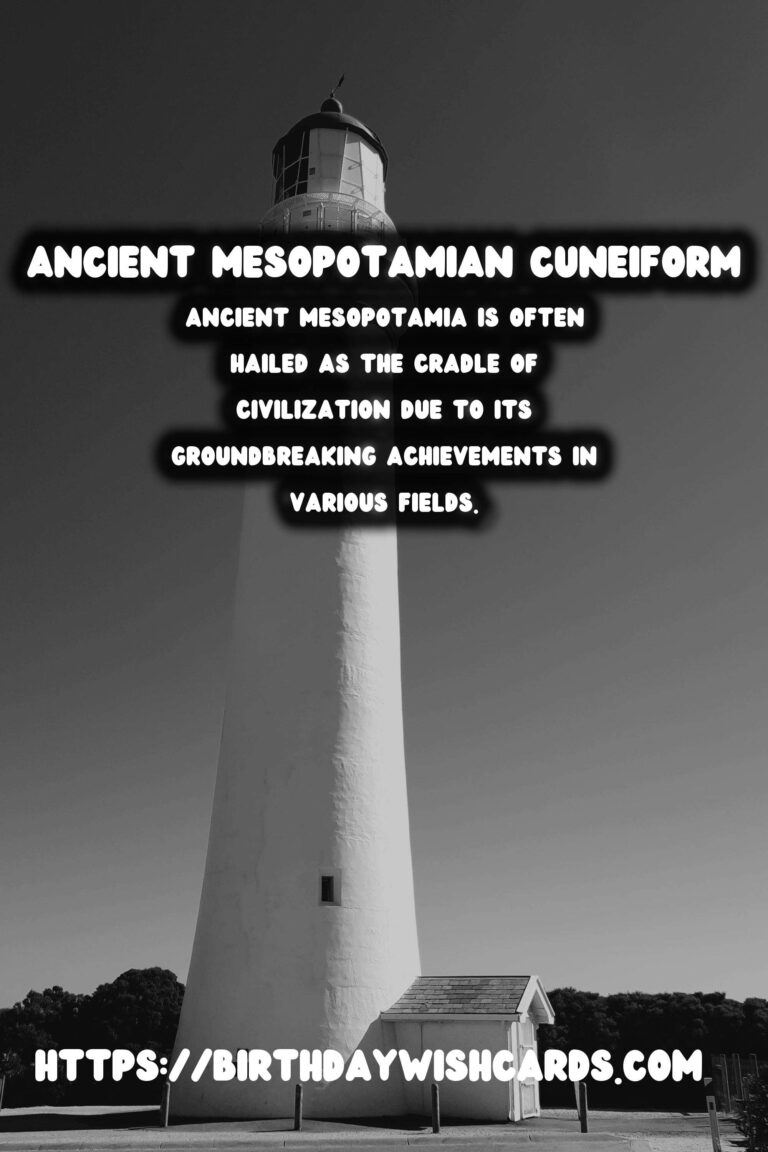
Ancient Mesopotamia, often hailed as the cradle of civilization, is renowned for its groundbreaking achievements in various fields, including agriculture, urbanization, and notably, writing. Its profound influence has traversed centuries, leaving a lasting legacy on the modern world. In this article, we delve into the origins of writing in Mesopotamia, its pivotal role in history, and how its evolution laid the foundation for contemporary communication.
The Birthplace of Writing
Located between the Euphrates and Tigris rivers, ancient Mesopotamia is where writing was first conceived. The birth of writing is credited to the Sumerians, around 3400 BCE, who developed a script known as cuneiform. This script initially served the practical purpose of record-keeping for trade and agriculture. Remarkably, it marked the transition from prehistoric to historic times by introducing a medium for recording human thought.
Cuneiform Script: From Simple Records to Literature
Cuneiform, composed of wedge-shaped marks engraved onto clay tablets, evolved over centuries. Initially, it was used for documenting economic transactions. However, its application expanded to encompass a wide range of texts, including legal codes, literature, and scholarly documents. The transition of writing from economic recording to literature is a testament to the adaptable nature of the script and its importance in Mesopotamian society.
The Pioneers of Written Communication
The Sumerians, Akkadians, Babylonians, and Assyrians were among the key cultures in Mesopotamia that embraced and developed writing. Notable contributions include the ‘Epic of Gilgamesh,’ one of the earliest known works of literary writing. This narrative not only reflects the imaginative scope of ancient writers but also provides insight into the values and concerns of Mesopotamian civilization.
Writing’s Role in Governance and Law
Writing facilitated the establishment of organized governance and law in Mesopotamia. The Code of Hammurabi is a prime example, illustrating the use of written laws to regulate society. These codifications of law served as precedents for legal systems worldwide. The ability to document laws ensured consistency and fairness in societal governance.
Preservation and Transmission of Knowledge
Writing preserved not only historical events but also accumulated knowledge such as scientific observations, mathematical calculations, and medical texts. This preservation allowed for the dissemination of knowledge across generations. The libraries of ancient Mesopotamia, filled with clay tablets, were the early ancestors of today’s information repositories.
Influence Beyond Mesopotamia
The writing system of Mesopotamia influenced neighboring civilizations, including the Egyptians and Greeks, paving the way for the further development of writing systems. It provided a basis for alphabetic scripts, enabling more efficient and versatile communication. This diffusion of writing underscores its universal impact and the interconnections within the ancient world.
Legacy in Modern Times
The legacy of ancient Mesopotamian writing is evident in modern alphabets and numeric systems. The fundamental concept of documenting experiences and ideas has persevered, informing advancements in communication technology. Recognizing the roots of these innovations in early writing serves as a reminder of humanity’s enduring quest for knowledge and expression.
Conclusion: A Timeless Influence
The invention of writing in ancient Mesopotamia was a catalyst for human development, enabling cultural, scientific, and governmental advancements. Its resilient legacy emphasizes the power of the written word in shaping civilizations. As we continue to innovate, understanding the origins of writing offers valuable insights into our shared cultural heritage.
Ancient Mesopotamia is often hailed as the cradle of civilization due to its groundbreaking achievements in various fields. The birth of writing is credited to the Sumerians, around 3400 BCE, who developed a script known as cuneiform. 









#AncientMesopotamia #HistoryOfWriting



